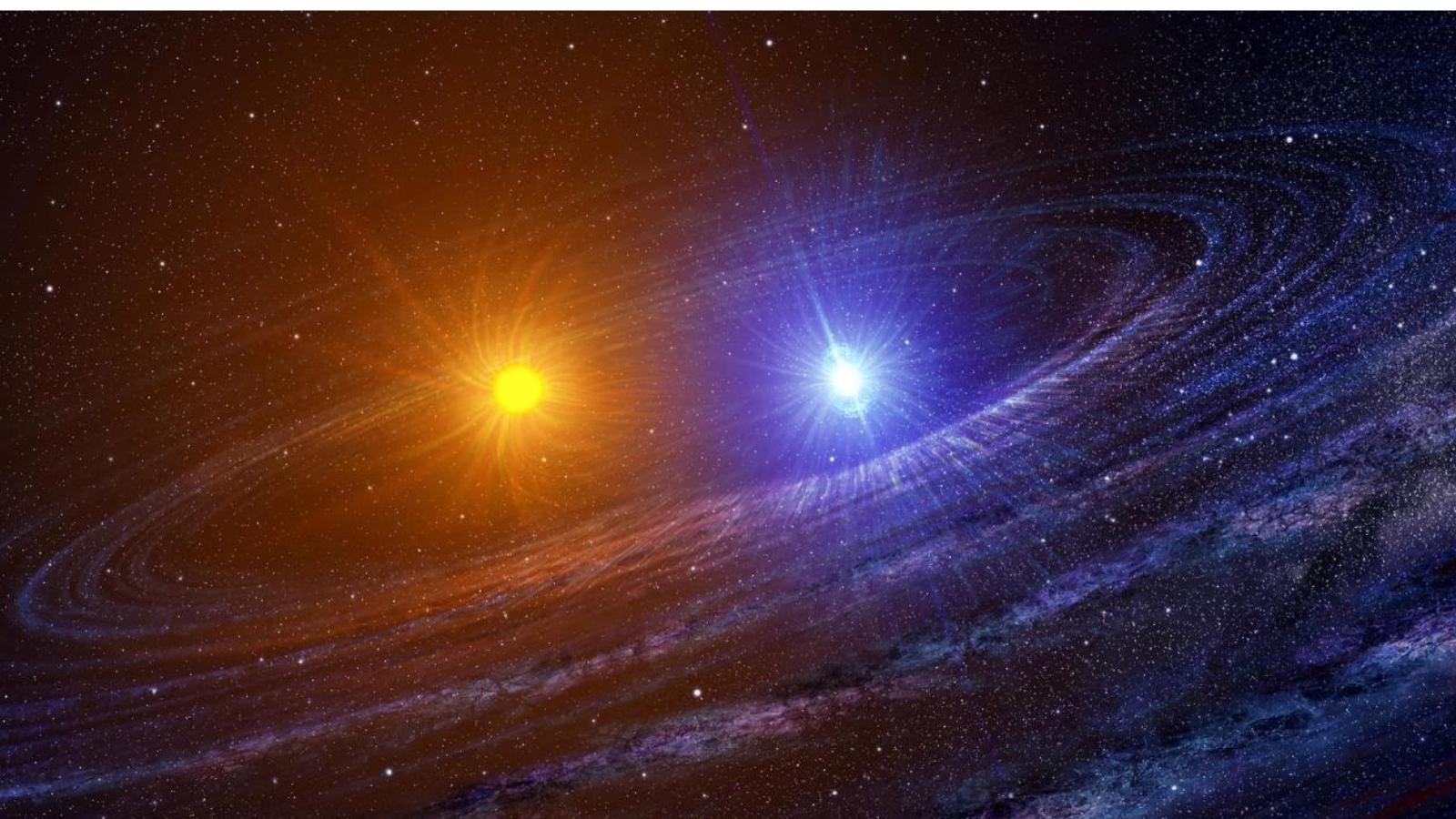Along with detecting clouds on the far-off exoplanet WASP-127b, an international team of astronomers has measured its altitude at unprecedented precision. The team obtained the results by combining data from a space- and a ground-based telescope.
What’s more, the team also revealed the upper structure of the planet’s atmosphere.
Discovered in 2016, the exoplanet WASP-127 b is a gas giant exoplanet that orbits a G-type star. Its mass is 0.1647 Jupiters, it takes 4.2 days to complete one orbit of its star WASP-127, and is 0.0484 AU from its star.
Located about 522.6 light-years away from the solar system, the giant exoplanet is 1.1 times more massive and 1.4 times bigger than our Sun.
The team observed the planet while it was passing in front of its host star. They detected the patterns embedded in the starlight as it is filtered through the planet’s atmosphere and altered by the chemical constituents.
By combining infrared observations from the ESA/NASA Hubble Space Telescope (HST) and visible light measurements from the ESPRESSO spectrograph at the European Southern Observatory’s Very Large Telescope in Chile, scientists probed different regions of the atmosphere. The data also enabled scientists to narrow down the altitude of the clouds to an atmospheric layer with a pressure ranging between 0.3 and 0.5 millibars.
Dr. Romain Allart of the iREx/Université de Montréal and Université de Genève said, “First, as found before in this type of planet, we detected the presence of sodium, but at a much lower altitude than we were expecting. Second, there were strong water vapor signals in the infrared but none at all at visible wavelengths. This implies that water vapor at lower levels is being screened by opaque clouds at visible wavelengths but transparent in the infrared.”
“We don’t yet know the composition of the clouds, except that they are not composed of water droplets like on Earth. We are also puzzled about why sodium is found in an unexpected place on this planet. Future studies will help us understand not only more about the atmospheric structure but about WASP-127b, which is proving to be a fascinating place.”
The team’s observations with the ESPRESSO instrument also suggest that, unlike planets in our Solar System, WASP-127b orbits not only in the opposite direction than its star but also in a different plane than the equatorial one.
Allart said, “Such alignment is unexpected for a hot Saturn in an old stellar system and might be caused by an unknown companion. All these unique characteristics make WASP-127b a planet that will be very intensely studied in the future.”
Journal Reference:
- WASP-127b: a misaligned planet with a partly cloudy atmosphere and tenuous sodium signature seen by ESPRESSO. Astronomy & Astrophysics, Volume 644, id.A155, 18 pp. December 2020. DOI: 10.1051/0004-6361/202039234
Note: This article have been indexed to our site. We do not claim legitimacy, ownership or copyright of any of the content above. To see the article at original source Click Here












